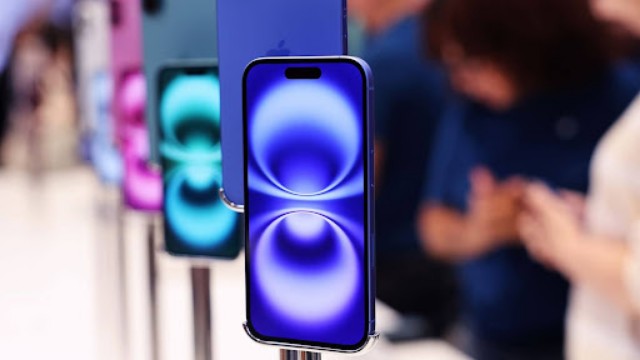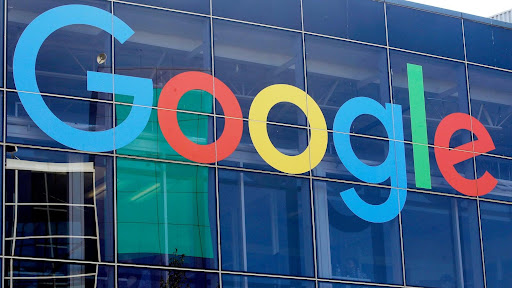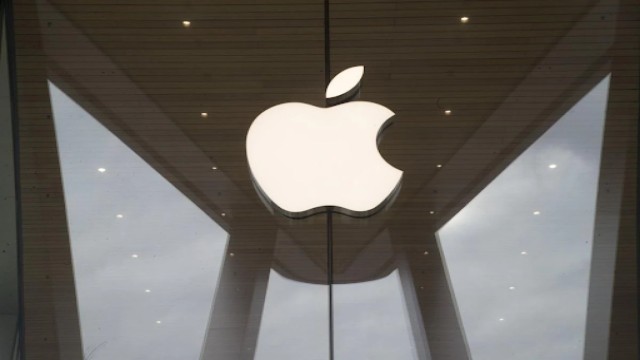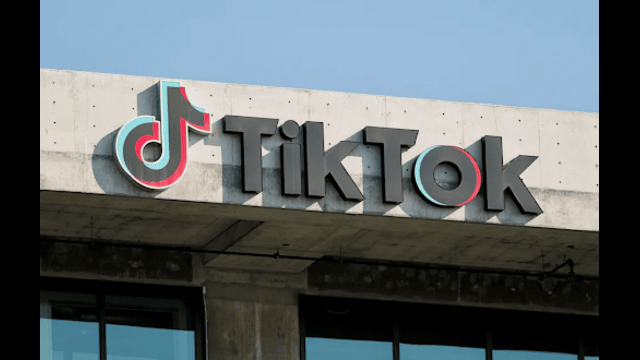
The iPhone 16 models were showcased at Apple’s Fifth Avenue store in New York City during their launch. Apple is expected to reveal new ways to interact with iPhones at its WWDC event on Monday. (Photo: Michael M. Santiago/Getty Images via CNN Newsource)
Apple has officially unveiled a fresh wave of updates for its most popular products—including the iPhone, Apple Watch, Mac, and iPad—during its annual Worldwide Developers Conference (WWDC) in Cupertino, California. The focus this year? Smarter features powered by Apple’s very own artificial intelligence system, “Apple Intelligence.”
Unlike the bold and flashy announcements of the past two years, Apple played it steady this time, offering subtle but meaningful improvements that show how AI will enhance everyday tasks across its ecosystem. Instead of launching one standout AI app, Apple is blending intelligence into its tools—quietly, but strategically.
Live Language Translation Across Devices
A major highlight of the keynote was the rollout of real-time translation. This tool allows iPhone, iPad, Mac, Apple Watch, and even AirPods users to translate messages, phone calls, and FaceTime conversations instantly. The idea is to break language barriers, whether you're chatting with someone overseas or just trying to navigate a foreign city.
Better Phone and Message Controls
Apple is also tackling spam and annoying hold times. A new call screening feature picks up calls from unknown numbers and displays the caller’s name and purpose in text, so users can decide whether to answer. Texts from unknown senders will now be sorted into a separate folder in Messages to filter out scams.
Even better—Hold Assist takes over waiting on phone calls. Instead of listening to boring hold music, your phone will hold your place in the queue and alert you when a human is ready.
Group chats also get a playful twist, with colorful backgrounds and polls, making the Messages app more fun and modern—similar to what WhatsApp offers.
Apple Intelligence Sneaks In
Though Apple didn’t introduce anything groundbreaking like a fully enhanced Siri (which is still delayed), it did quietly show how it plans to make its devices smarter.
- The Mac’s Spotlight search can now take actions for you, like sending an email without opening your inbox.
- Apple Maps can remember your daily stops—like your go-to coffee shop—and guide you accordingly.
- A new Workout Buddy on the Apple Watch offers tailored fitness guidance based on your health data.
- With Visual Search, users can tap on any object in an image—like shoes in a photo—and instantly find similar products online.
Apple also announced that its AI system will be open to third-party app developers, meaning apps like AllTrails and Kahoot can soon include built-in intelligence.
A Fresh Look: “Liquid Glass” Design
All Apple devices will soon sport a new, see-through interface called “Liquid Glass,” inspired by the sleek visuals of the Vision Pro headset. It’s the first major design shift since iOS 7, offering a cleaner, glossier feel across the board.
Even the operating system names are changing. Apple is ditching the traditional numbers and shifting to OS 26—matching the year the software will be active (2025–2026). This change applies to iPhones, iPads, Macs, and Watches alike, creating a more unified experience.
iPad and Mac Get Smarter and Sharper
iPads now support resizable windows that retain their size even after closing, plus a smoother way to use multiple windows at once. It’s a move that pushes iPads closer to functioning like traditional laptops.
Macs, on the other hand, benefit from smarter search and task handling thanks to AI. Want to send a file or message? The system can do it for you with a simple command—right from your home screen.















